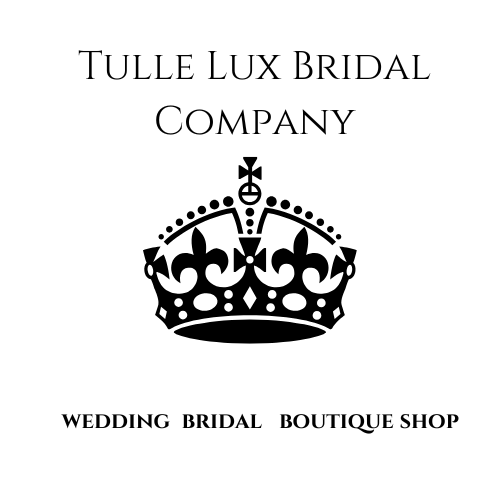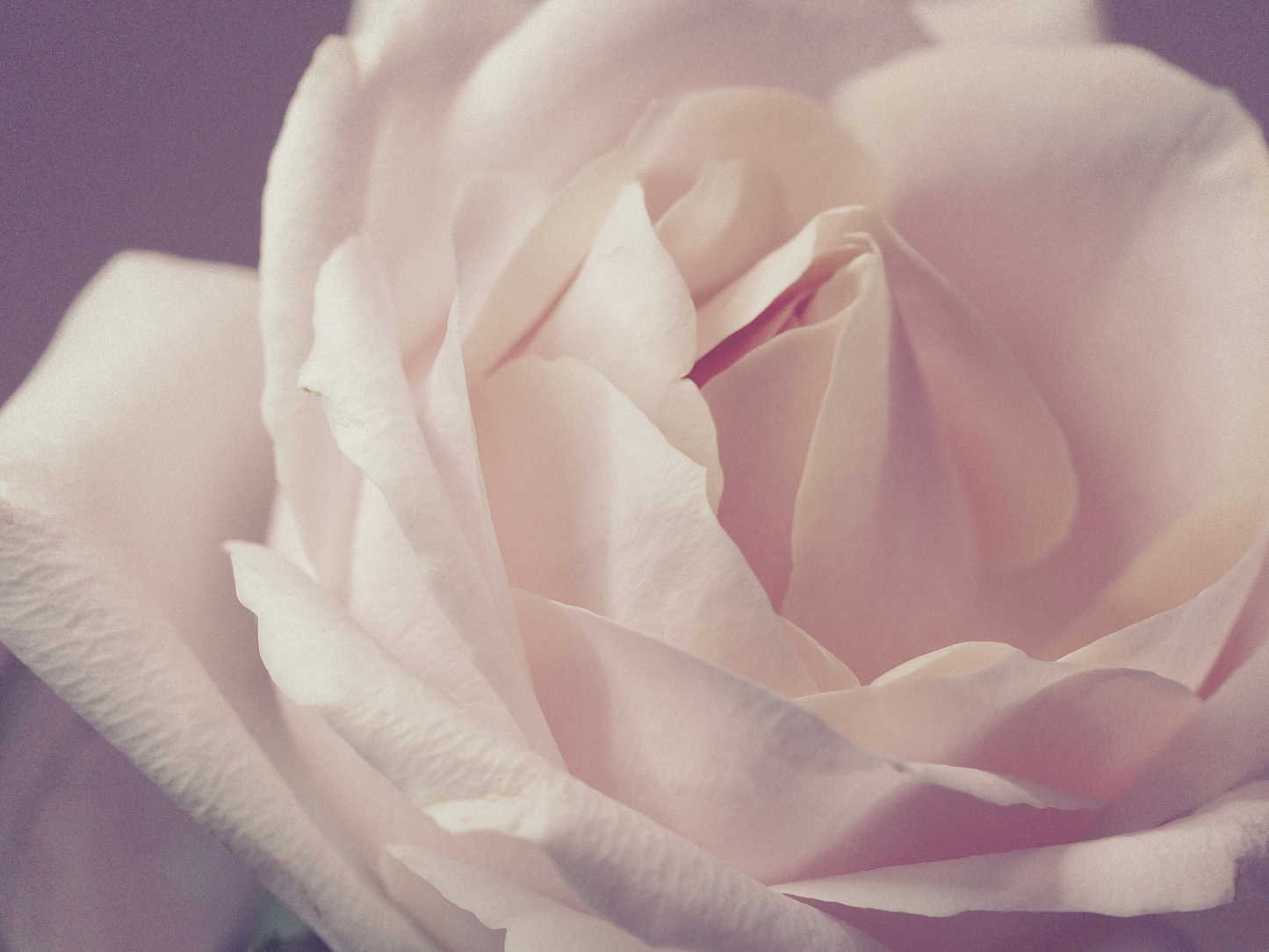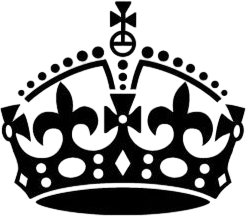
How To Choose The Best Plus Size Wedding Gown
When it comes to choosing your wedding dress, you deserve to feel confident, beautiful, and comfortable, regardless of size. But for many curvy or plus size brides, finding the right dress can be stressful and feel overwhelming. Here is our tips to help you find the most flattering and fashionable plus size wedding dress for your big day.
When it comes to choosing your wedding dress, you deserve to feel confident, beautiful, and comfortable, regardless of size. But for many curvy or plus size brides, finding the right dress can be stressful and feel overwhelming. Here is our tips to help you find the most flattering and fashionable plus size wedding dress for your big day.
1. Choosing The Right Fabric
Choosing the right fabric can make all the difference in how a dress looks and feels. For plus size brides, choose fabrics that are light weight, easy flowing, breathable and not stiff or have a lot of structure with no give. Here are some fabric examples we recommend -
Chiffon – this is a lightweight flowing fabric, and pleasing to the eye, it softens your look while providing the ideal movement and flow. Sometimes confused with satin, it is more sheer than satin and is also used under tulle for a more romantic look.
Crepe - is a modern fabric that is wonderfully soft and figure flattering, originally made from silk, it is exceptional for draping on a wedding gown. Crepe moves gracefully and flows beautifully as you move. It is lightweight, perfect for warmer wedding events.
Jersey - we all know this soft and comforting feel of jersey fabric from our favorite shirts but jersey is also used in wedding dresses and is very effective at smoothing all the curves for a fit and flare style dress. It compliments the plus size body and is easy to wear for your wedding day.
Tulle - an effective fabric for creating drama and romance in a wedding gown, it is a versatile net like material and can be cut, ruffled or structure into almost any form. Often combined with lace, beautiful gown are created with these materials.
Satin - widely know for use in wedding gowns, satin can be a bit structured and unforgiving. Smoother satins like the Charmeuse satin provide a smoother, softer feel that has a lustrous quality.
Silk - while silk can be heavy or lighter weight, it can create sophisticated designs and can be pricey. Mikado is a heavier type of popular silk used in wedding dresses. It is also wrinkle resistant.

2. Choosing The Best Wedding Dress Style For You
You want a flattering fit for your wedding dress but comfort is also an important part of wearing a dress for what might be a long period of time on your wedding day. There are certain types of wedding dresses that lend themselves to a variety of body types that will flatter the figure. Here are some to consider when shopping for your wedding gown:
A-Line Dress - this is the most popular dress silhouette and is flattering on many body types. It offers a classic styling with a bodice that is fitted at the waistline and has a skirt that flows over the hips which elongates the body covering the legs nicely. It is easy to walk or dance in and many extras like lace or bead work can be added to personalize your gown.
Mermaid or Trumpet Dress - these dresses emphasize the hips and curve inward around the knees to narrow the skirt like a mermaid shape. The trumpet is slightly wider and starts to narrow higher up on the body. This style can limit movement if worn too tight.
Ball Gown - best for formal affairs, the ball gown is a dress that has a fitted waist and a full skirt often requiring a underskirt or petticoat to puff out the full extent of the skirt. These dresses take a lot of room to move around in but can also give you that princess feeling when you are going about your big day.
Empire Waist Dress - for a dress that is not fitted at the waist, an empire waist dress can be a forgiving fit as the waistline is higher, above the waist and draw attention upward to the neckline.

3. Choosing Your Wedding Dress Necklines and Sleeves
Necklines
Part of your wedding day gown things to consider is the neckline and the shoulder area. The most common necklines that flatter are the Sweetheart neckline and the V neckline. The sweetheart neckline is shaped like the top of the heart in the bra area and generally flattering to a larger bust. The V neckline comes in several styles. A regular V line is a short V front on the bodice offering coverage with an area to accessorize your neck with complimentary wedding jewelry. The plunging V neckline is a more daring and revealing deep V front bodice plunge and not recommended for the faint of heart.
Shoulders
Shoulders involve your sleeve choice or lack there of. For warm weather weddings, a sleeveless dress can be a comfortable alternative to choosing to wear sleeves. Sleeveless dresses are more suited for garden weddings or a casual wedding day.
Cap Sleeves - these are short often upside down tulip shaped sleeves that flatter a thicker arm and give coverage to the shoulders.
Straps - can come in thin or wide styles, the thin or spaghetti straps give little support and are more for just looks. Thicker shoulder straps provide more support and structure to the bodice without sacrificing style.
Long Sleeves - come in several styles, the illusion long sleeve is usually made of lace and is a fitted sleeve, not much room for give. The regular long sleeve is also a fitted style and suited best for formal wedding gowns.
Off The Shoulder Cuffs - a flattering bare shoulder style with a sleeve type known as cuffs. Cuffs can be small or larger for more drama. Either way, they are a modern touch to a wedding gown and provide more coverage than a sleeveless gown drawing the attention away from the upper arm with the cuff coverage.

4. Choosing Your Wedding Dress Size
Choosing a wedding dress size matters and most brides need to know wedding dress sizes vary from your regular everyday street clothes. In general, there is no small, medium, large type of sizing and different manufacturers may used slightly different measurements. Many professional dress makers use centimeters for sizing and there is also a standard sizing guide for the USA. When shopping for your wedding gown, look at the sites size chart and if you are in between sizes, go with the next larger size. Most wedding gowns has a "let" seam which enables a seamstress or yourself, if you sew, to let the dress in or out about an inch to an inch and a half for the best fit. Custom sizing is also an option with some wedding dress shops. We offer custom sizing on all our dresses so you can get your best fit.
In Conclusion
You want to feel great and look amazing on your wedding day with the best dress for you. Think about the fabric, the dress silhouette style and your neckline and shoulder options to put together your perfect wedding gown.
This is a day to remember and enjoy, celebrate your curves in a flattering dress that makes you feel confident and radiant when you walk down the aisle.
Your best dress vision can be found in our designer Herawhite Plus Size Collection with flattering fits, top quality fabrics, beautiful designer styles and affordable options for the modern bride. We are sure you will find something that fits your dress dreams for your wedding day.







